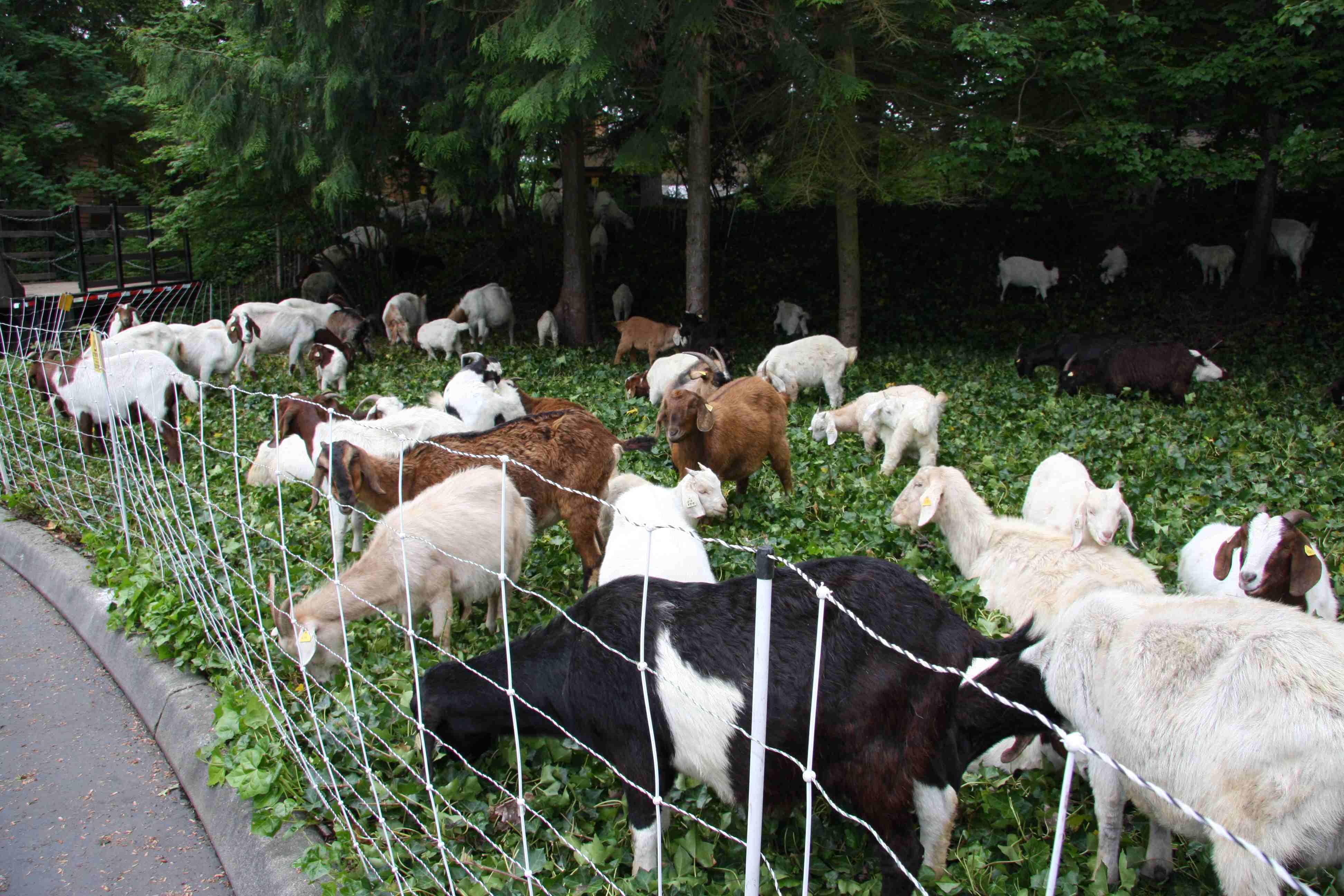Pest Management
Beginning in 1999, King County has required the use of integrated pest management (IPM), a comprehensive approach to pest management. To control invasive and non-native plant and animal species, IPM stresses the prevention of pest problems through a wide range of techniques with the use of chemical controls as a last resort. King County’s IPM program evaluates pest control strategies and encourages non-chemical controls when effective and practical.
The IPM process categorizes pesticides as either Tier 3, lowest hazard; Tier 2, moderate hazard; or Tier 1; highest hazard. If the pest is a state regulated noxious weed and its control or eradication requires the use of specific chemical pesticides, the staff may submit a Tier 1 Product Exception Request to the IPM program administrator.

Policy and Goals:
As stated in King County's Sustainable Purchasing Executive Policy (CON 7-22-EP),
- Use integrated pest management practices
As stated in the IPM Executive Policy and Tri-County IPM Policy, this policy strives to:
- Reduce the potential impact of pesticide use on listed species, including the Puget Sound Chinook salmon and the bull trout
- Improve the public health and the environment in King County
- Better manage the long-term effects of vegetation and pest problems in King County
Example - Natural Vegetation Management with Goats
King County Metro Transit has used goats to manage blackberry bushes and other weeds at several park and rides. These various sites have been difficult to maintain due to steep hillsides and uneven ground. The goats are a more efficient way to control the weeds than crews of human workers, present less risk of injury to the human staff, and eliminate the need for chemical maintenance. This service is needed twice a year to deter new plant growth. King County was so pleased with the results, it expanded the area serviced by these animals and continues to use them as needed.
Best Practices
- Choose and properly maintain the appropriate plants for the area.
- Document and identify potential pests and determine a tolerane threshold.
- Put up phsyical barriers or remove the pest by hand.
- Obtain a permit from WSDA, USDA, EPA, etc. or a biological management activity, which includes using animals, insects of competing vegetation to control the pest.
- Use chemical pesticides as the last resort and don’t over fertilize.
Choose
- integrated pest management
- biological controls
- tier 3 pesticides
- natural vegetation management
- require IPM in service contracts
- natural organic or slow-release fertilizer products that feed plants longer and are less likely to wash off into streams and lakes
- spot spray
Avoid
- chemical use
- tier 1 pesticides
- "weed & feed" fertilizer/herbicide mixtures
End of Life
- find an appropriate user for surplus through the Industrial Materials Exchange
- recycle with King County’s Local Hazardous Waste Management Program
An EPA checkmark indicates a certification or standard is recommended by the U.S. Environmental Protection Agency (EPA).
| Ranking by Tiers as Classified by King County and the City of Seattle | Tier Definitions |
|---|---|
|
Tier 1: Highest concern, highest priority for phase out |
Any of the following are true. All ingredients should be identified so that they can be screened using these tests.
|
|
Tier 2: Moderate concern, second priority |
All products not specifically assigned to tier 1 or tier 3. |
|
Tier 3: Lowest concern |
All of the following are true. All ingredients should be identified so that they can be screened using these tests.
|
|
Tier 4: Insufficient information available |
Product registration or label not found or key data not located for active ingredient. Cannot assign to another tier. |
Sustainable Facilities Tool: Green Procurement Compilation (GPC) Tool and Product Search
King County Noxious Weeds: Best Management Practices
Green Gardening Program: Alternative Pest Control Practices for City of Seattle Grounds Managers
City of Seattle: Integrated Pest Management
Contact Us
Phone: 206-263-9400
TTY Relay: 711
Fax: 206-296-7676

 Translate
Translate